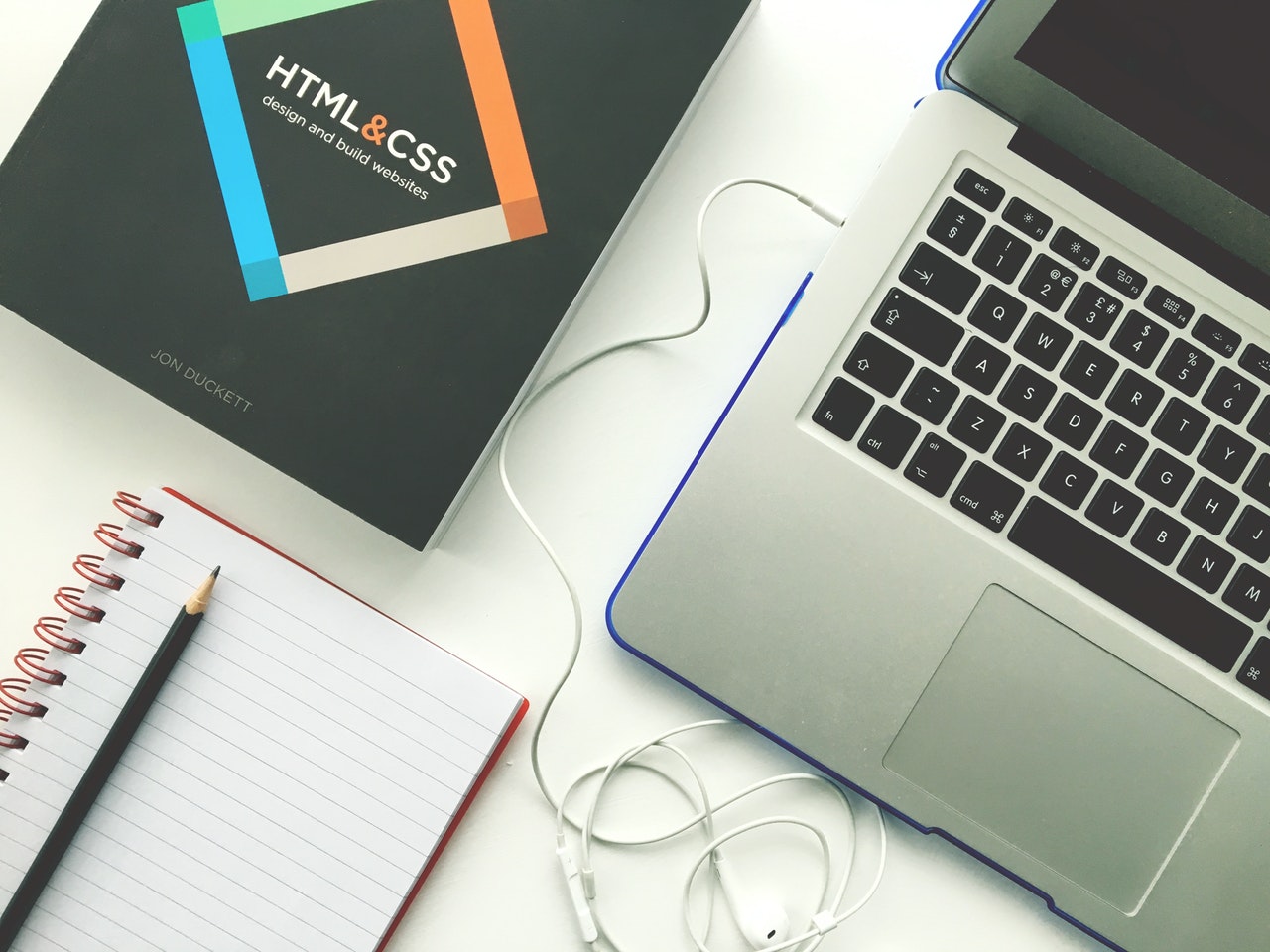Web development can seem like a truly daunting area, one that requires a level of expertise beyond the reach of the layman.
If you’re looking for an overview of the essentials, basic definitions, and necessary tools required in web development, read on.
#1 A Run-through Of Web Development Essentials
Your website can basically be divided into two parts: the frontend and backend of your site. The frontend is what a user sees when they visit your website. The backend is all the technical work done in the background in order to support the performance of the frontend.
There are four main (sometimes overlapping) components to building a website:
Structure
The main parts of a website’s structure are its sitemap and wireframe. The sitemap shows all the pages and navigation of your website in its hierarchical form. The wireframe may contain elements such as headers and footers that span across multiple pages.
Function
Function refers to any part of your site where action is taken. Examples include shopping carts, contact forms, and login screens.
Content
Website content is all the media that you use to fill up your web pages such as images, videos, PDFs, etc.
Aesthetics/design
The aesthetics, or “design”, is the overall colour scheme, typography, logo, and other elements that contribute to the look of your site.
#2 What Is A Website And What Are Web Pages?
A website is a set of web pages grouped and connected together in a variety of ways. It is often referred to simply as a “site”.
Web pages are documents that are displayed through web browsers. Popular web browsers include Google Chrome, Safari, Firefox, and Edge.

#3 What Are Hyperlinks And What Is An Ip Address?
Hyperlinks are highlighted sections of text that can be clicked on to bring you to a new web page. They are frequently used on websites as a way of:
- Referencing a source used to create content
- As a call-to-action for users to click through to new content or another website action
- To increase SEO performance and rank web pages high in search engine results
An IP address is what pinpoints the location of your device anywhere in the world. It’s a series of numbers and letters and is used to send data across the internet to your device.
#4 What You Need To Know About Domains And Hosting
A domain is the address of your website in the browser toolbar. For example, google.com is the domain name for Google’s site. There are lots of different types of domains, from the top level .com .net and .org to lower-level domains like .edu or .co.uk.
Domain name registrars allow you to buy domain names, usually for a fee in one year increments.
On the other hand, a host is a company that houses the technology needed in order to store your website on the internet known as servers.
If you’re still feeling overwhelmed by the set-up process, contact Infinity Digital - a website development company to help you out.
#5 How To Create A Website And The Essential Tools Needed For Web Development
Before you go creating your website, there are few essential tools you’ll need to have in place.
- Set up web hosting as described above and buy a domain
- Carefully choose your hosting plan, assessing what features you will need
- Choose a website building platform or content management system (CMS) - Wordpress is one of the most popular
- Choose a theme on your CMS around which you can build your site
- Design elements such as logo and color scheme ready to apply to your website
- Select any plugins you might need to optimize site performance
Once these essentials are in place you’ll be ready to dive right in and build a beautiful website.

#6 What Is An Ftp Client?
We’ve already talked about how a server hosts your website. It’s stored as a series of files that are sent back and forth over the internet as users access your site.
In order to send these files, FTP (File Transfer Protocol) is used to send them. This process is done through an FTP client. In this process, two computers (the FTP server and FTP client) monitor the network for connection requests and answer them.
Most hosting providers will also offer FTP client as part of their hosting package, and it’s something you should look out for when selecting a hosting provider.
#7 Basic Steps On How To Upload Your Created Website To The Web
Once your website is ready to be seen, it’s time to upload it to the internet so you can start attracting visitors. Uploading your website simply means uploading your website’s documents and files to the domain you have purchased. It’s possible to upload your website through a browser but using the FTP client as described above is much easier.
To do this, you’ll need to:
- Have a domain name
- Set up your hosting account
- Download and install the FTP application
- Enter the server information and login provided by your hosting service
- Either transfer or upload the files from your computer and onto the FTP application
Now that you have all the basics down, you’ll be able to get started with building, designing and launching your website, hopefully, a little less daunted by the whole process. Now that you’re an expert, what’s your favorite aspect of web development?
 Members Area
Members Area




